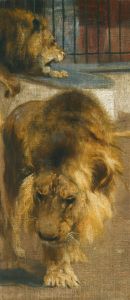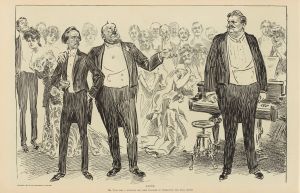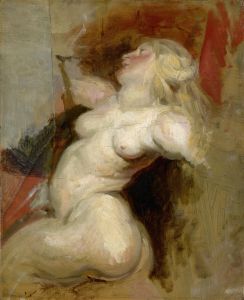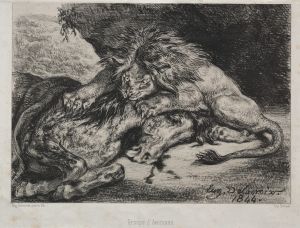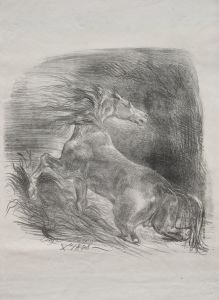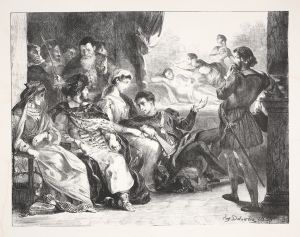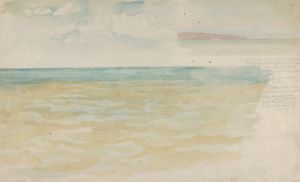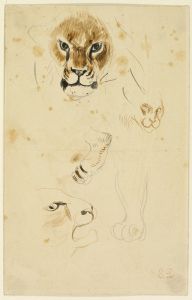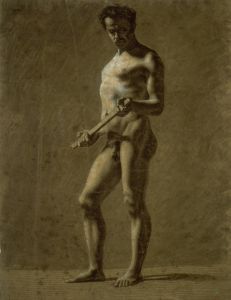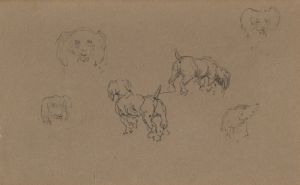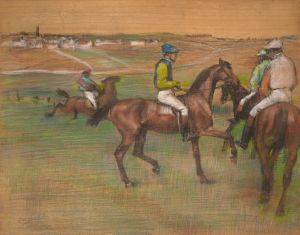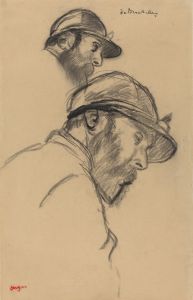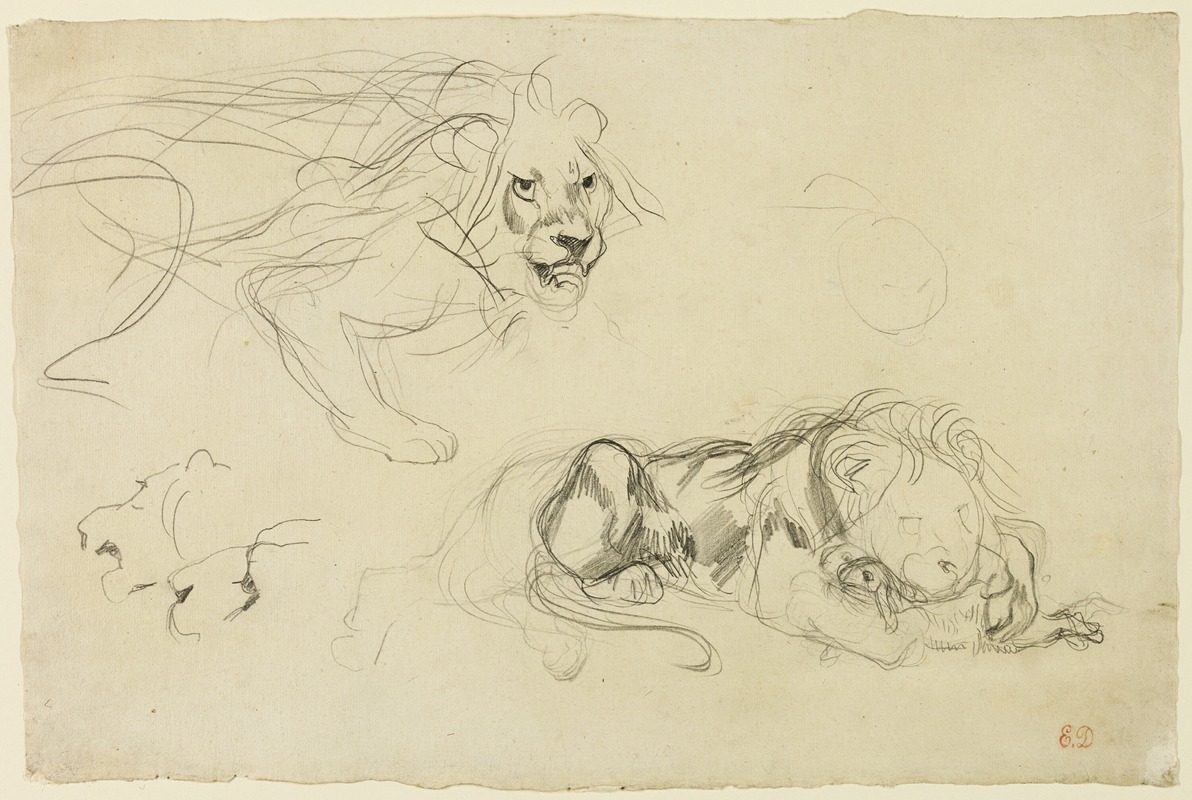
Studies of Lions
A hand-painted replica of Eugène Delacroix’s masterpiece Studies of Lions, meticulously crafted by professional artists to capture the true essence of the original. Each piece is created with museum-quality canvas and rare mineral pigments, carefully painted by experienced artists with delicate brushstrokes and rich, layered colors to perfectly recreate the texture of the original artwork. Unlike machine-printed reproductions, this hand-painted version brings the painting to life, infused with the artist’s emotions and skill in every stroke. Whether for personal collection or home decoration, it instantly elevates the artistic atmosphere of any space.
"Studies of Lions" is a notable work by the French Romantic artist Eugène Delacroix, who is renowned for his dynamic compositions and vibrant use of color. Delacroix, born on April 26, 1798, in Charenton-Saint-Maurice, France, was a leading figure in the Romantic movement, which emphasized emotion and individualism, often in contrast to the classical ideals of order and harmony.
Delacroix's fascination with exotic animals, particularly lions, is evident in his numerous sketches and paintings. "Studies of Lions" is a testament to his interest in capturing the raw power and majestic presence of these creatures. The work is characterized by its detailed observation and dynamic representation of lions, showcasing Delacroix's skill in rendering animal anatomy and movement.
The artist's interest in lions can be traced back to his visits to the Jardin des Plantes in Paris, where he had the opportunity to observe these animals closely. Delacroix was known to frequent the menagerie, sketching the lions and other exotic animals housed there. These studies were not only exercises in drawing but also served as preparatory work for larger compositions. Delacroix's sketches of lions often feature the animals in various poses, highlighting their muscular structure and expressive faces.
"Studies of Lions" reflects Delacroix's broader artistic goals, which included capturing the essence of his subjects through vigorous brushwork and a keen eye for detail. The work is executed with a sense of immediacy, as if the artist sought to capture the fleeting moments of the lions' movements and expressions. Delacroix's use of light and shadow adds depth to the sketches, enhancing the three-dimensionality of the forms.
The influence of Delacroix's lion studies can be seen in several of his major works, where lions appear as central figures or symbolic elements. His ability to convey the power and grace of these animals contributed to his reputation as a master of Romantic art. Delacroix's lion studies also reflect the 19th-century European fascination with the exotic and the wild, themes that were prevalent in the art and literature of the time.
Delacroix's approach to studying lions was not merely about replicating their physical appearance; it was also about capturing their spirit and vitality. This approach is consistent with the Romantic ideal of expressing the sublime and the emotive power of nature. Delacroix's lions are not static representations but are imbued with a sense of life and energy, which is a hallmark of his artistic style.
In summary, "Studies of Lions" by Eugène Delacroix is a significant work that exemplifies the artist's dedication to capturing the essence of his subjects through detailed observation and expressive technique. Delacroix's lion studies are an important part of his oeuvre, reflecting both his personal interests and the broader cultural context of his time. Through these studies, Delacroix contributed to the Romantic movement's exploration of emotion, nature, and the exotic, leaving a lasting impact on the art world.





